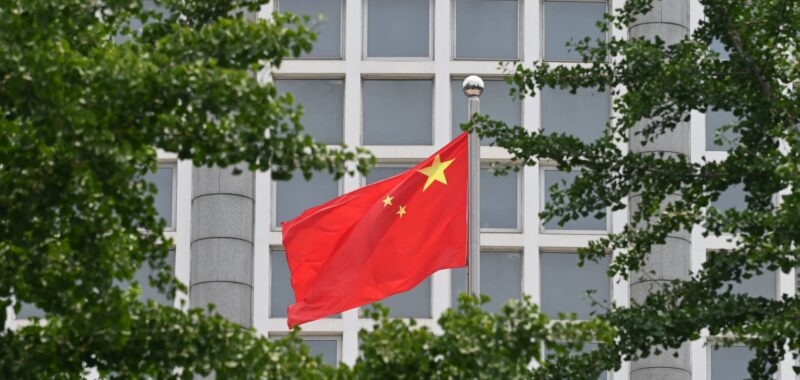Zheng Shanjie, chairman of China’s National Development and Reform Commission, on Tuesday pledged a raft of actions to bolster the country’s economy during a highly-anticipated press conference.
But he stopped short of announcing any new major stimulus plans, underwhelming investors and weakening the rally in the mainland Chinese markets.
China will speed up special purpose bond issuance to local governments to support regional economic growth, senior NDRC officials said.
Zheng said ultra-long special sovereign bonds, totaling 1 trillion yuan, have been fully deployed to fund local projects, and he vowed that China will continue to issue ultra-long special treasury bonds next year.
The central government will release a 100 billion yuan investment plan for next year by the end of this month, ahead of schedule, a senior official added.
Zheng also promised that more measures are coming that aims to support the property market and boost domestic spending.
The NDRC head was speaking at a press briefing with four other key officials of the country’s economic planning agency. The briefing came as markets in mainland China returned from Golden Week, a weeklong holiday that started Sept. 30.
Chinese stocks reopened sharply higher on Tuesday morning, extending the rally before the holiday. Major indexes in mainland China â the Shanghai Composite Index, CSI 300 blue-chip index and SZSE Component Index â surged over 10% in early hour trade.
Shanghai Composite Index
Last month, China’s top leaders had signaled a sense of urgency in confronting a long and painful economic downturn that has thrown into doubt the country’s ability to hit an annual growth target of “around 5%.”
Before the holiday, Chinese authorities had called for strengthening fiscal and monetary policy support at a monthly meeting of top Communist Party officials, and unveiled a flurry of stimulus measures aimed to put an end to the sliding property prices.
The stimulus blitz came as growth in the world’s second largest economy had slowed after a disappointing recovery from Covid-19 lockdowns, weighed down by lackluster domestic demand and a protracted property downturn.
In the first half of the year, China’s economy grew by 5.0% from a year earlier, meeting the central government’s target, while in the April-June quarter, its GDP growth missed expectations and grew by 4.7%, marking its slowest growth since the first quarter in 2023.
China’s latest consumer price index rose by 0.6% year on year in August, missing expectations of 0.7%, while the core-CPI, which strips out food and energy prices, climbed by 0.3%, a slower rise for a second-straight month.
Among a barrage of disappointing economic data, China’s factory activity also contracted for the fifth consecutive month in September, with the official PMI coming in at 49.8 in September. A PMI reading above 50 indicates expansion in activity, while a reading below that level points to contraction.
The Caixin PMI was 49.3 in the same period, the sharpest contraction in 14 months, driven by declining demand and a weakening labor market.
In March, Zheng said at a high-level press conference that China will “continue to strengthen macroeconomic policies.” It would involve coordination of fiscal, monetary, employment, industrial and regional policies, he said, as China continues to step up macro economic policy adjustment.
The NDRC chief also acknowledged that “there are still many difficulties and problems” in the process of achieving the country’s expected growth targets, according to CNBC’s translation of his Mandarin-language remarks.
This is breaking news. Please check back here for updates.

